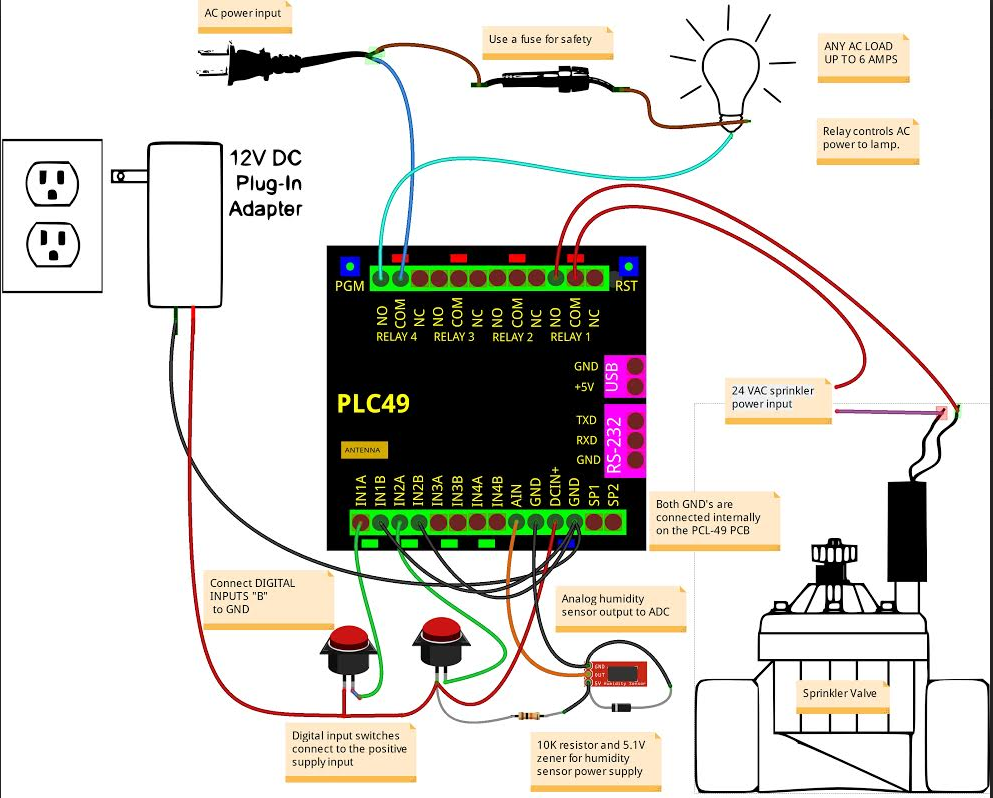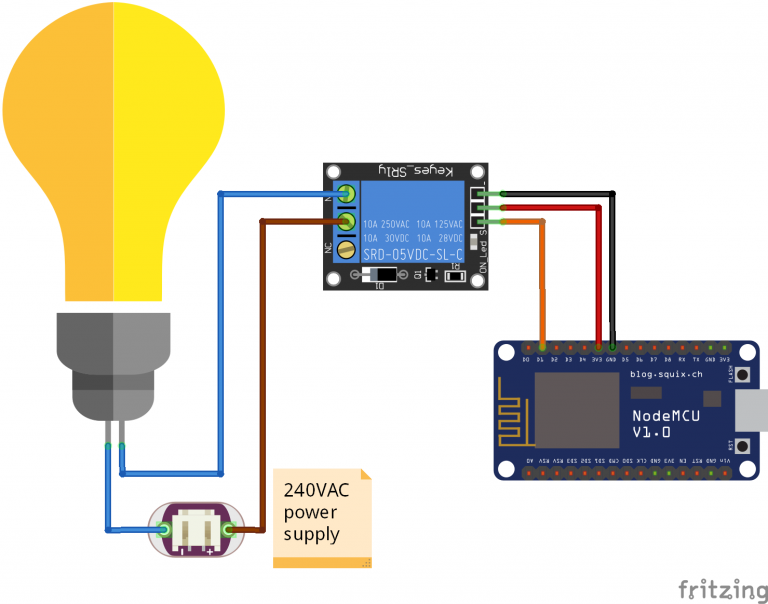

This electric field generates a voltage across the conductor, which is known as the Hall voltage. This force causes the charge carriers to be deflected towards one side of the conductor, accumulating charges on that side.ĭue to the accumulation of charges, an electric field is established in a direction perpendicular to both the current flow and the applied magnetic field. When an electric current flows through a conductor, such as a metal or semiconductor material, and a magnetic field is applied perpendicular to the current flow, the moving charged particles (usually electrons) experience a force called the Lorentz force. Read along and find out how with the help of Arduino IDE!

You may want to (carefully because it may be hot enough to burn!) check the temperature of the A4988 when the motors are running. The 3 ms pins set the microstepping mode you want, and again need to be either driven from the micro (if you want to change the microstep configuration from your program) or be tied high or low to set the microstep config you want. If you don’t connect them to a pin on the micro or a resistor or jumper to power or ground (which ever they need to work) the motor won’t run. I’d guess (without having looked at the driver schematic assuming it is available) that the pins don’t have internal pull up resistors or the pull ups are set to be disabled (reset and/or sleep asserted) if not connected. Why would this circuit need jumpers between ms1-ms2 ms2-ms3 on the drivers.

It did not work initially until I added a jumper across reset and sleep pins on both the A4988 drivers.


 0 kommentar(er)
0 kommentar(er)
